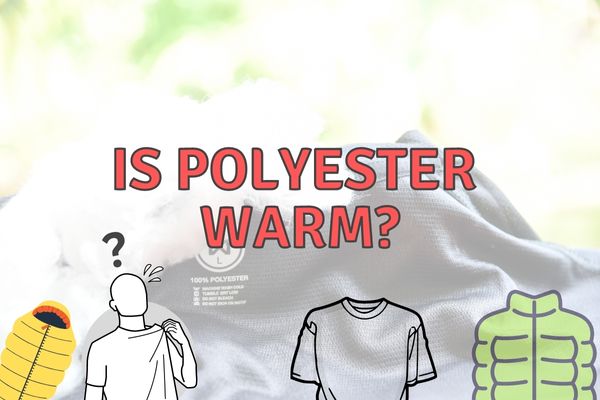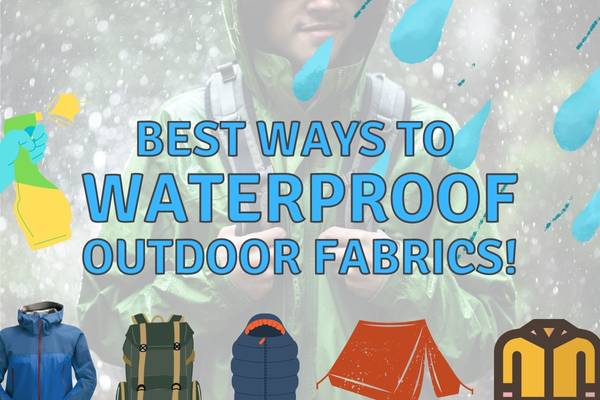Does Dyneema Float?
What is Dyneema?
Dyneema is a brand name for a high-performance polyethylene fiber that is also known as ultra-high molecular weight polyethylene (UHMWPE). It is manufactured by DSM, a Dutch multinational corporation. Dyneema fibers are incredibly strong and lightweight, with a tensile strength up to 15 times greater than steel on a weight-for-weight basis. This makes Dyneema an excellent choice for various applications, including ropes, lines, and slings for marine and industrial use.
Why Does Dyneema Float?
Dyneema’s ability to float is due to its low density. With a density of approximately 0.97 g/cm³, Dyneema is lighter than water, which has a density of around 1 g/cm³. This low density means that Dyneema fibers have a natural buoyancy, allowing them to float on the surface of the water.
Benefits of Dyneema Floating
There are several advantages to using a material that floats, especially in marine and industrial applications:
1.Reduced weight: Dyneema’s lightweight properties make it easier to handle and transport, resulting in reduced labor and fuel costs.
2.Increased safety: In the event of an accident or emergency, floating ropes and lines can be quickly retrieved, reducing the risk of injury or further damage.
3.Improved visibility: Floating materials are more visible on the water’s surface, making them easier to locate and maneuver.
4.Reduced water absorption: Dyneema’s hydrophobic properties mean that it does not absorb water, maintaining its strength and durability even when wet.
5.Resistance to UV radiation and chemicals: Dyneema is highly resistant to ultraviolet radiation and chemicals, ensuring a longer lifespan for ropes and lines made from this material.
Applications of Floating Dyneema
Marine Use
Dyneema’s floating properties make it an ideal choice for various marine applications, including:
1.Mooring lines: Dyneema mooring lines are lightweight, strong, and easy to handle, making them a popular choice for securing boats and ships to docks and other structures.
2.Anchor lines: Dyneema anchor lines offer excellent strength and abrasion resistance, ensuring a secure connection between the anchor and the vessel.
3.Towing lines: The high strength and low stretch of Dyneema make it an excellent choice for towing lines used to tow boats or other watercraft.
4.Life-saving equipment: The buoyancy of Dyneema makes it suitable for use in life-saving devices, such as life rings and rescue lines.
Industrial Use
Dyneema’s strength, durability, and floating properties also make it a popular choice for various industrial applications, including:
1.Lifting slings: Dyneema slings are lightweight and easy to handle, making them an excellent choice for lifting and moving heavy loads.
2.Winch lines: The high strength and low stretch of Dyneema make it ideal for use in winch lines, providing reliable and efficient operation.
3.Safety nets: Dyneema’s resistance to UV radiation and chemicals ensures that safety nets made from this material remain strong and durable over time.
Conclusion: Does Dyneema Float?
Yes, Dyneema floats!Its low density and natural buoyancy make it an excellent choice for various marine and industrial applications. Here are ten key facts about Dyneema to remember:
1. Dyneema is a high-performance synthetic fiber.
2. It is also known as ultra-high molecular weight polyethylene (UHMWPE).
3. Dyneema has a tensile strength up to 15 times greater than steel on a weight-for-weight basis.
4. Its density is approximately 0.97 g/cm³, making it lighter than water.
5. Dyneema’s low density allows it to float on the surface of the water.
6. The material is hydrophobic, which means it does not absorb water.
7. Dyneema is highly resistant to ultraviolet radiation and chemicals.
8. Its floating properties make it ideal for marine applications, such as mooring lines, anchor lines, towing lines, and life-saving equipment.
9. Dyneema is also suitable for industrial applications, including lifting slings, winch lines, and safety nets.
10. The many benefits of Dyneema, such as its strength, lightweight, and floating properties, make it an ideal choice for a wide range of applications.
FAQs
What is the density of Dyneema?
The density of Dyneema is approximately 0.97 g/cm³.
What is the specific gravity of Dyneema?
The specific gravity of Dyneema is approximately 0.97 to 0.99.
What is the difference between Spectra and Dyneema?
Spectra and Dyneema are both high-performance fibers used in various applications such as ropes, cables, and protective gear. The main difference between the two is that Spectra is a brand name owned by Honeywell, while Dyneema is a brand name owned by DSM. However, both fibers are made of ultra-high molecular weight polyethylene (UHMWPE) and have similar properties such as high strength, low stretch, and resistance to abrasion and chemicals.
How much does Dyneema weigh in water?
Dyneema has a specific gravity of 0.97, which means it will float in water, but it will weigh slightly less than its dry weight due to buoyancy.
Is Dyneema buoyant?
Dyneema is not buoyant in water, as it has a higher density than water.
What is the density of Dyneema HB26?
The density of Dyneema HB26 is approximately 0.97 g/cm³.




